How to Write a Musical Theatre Song
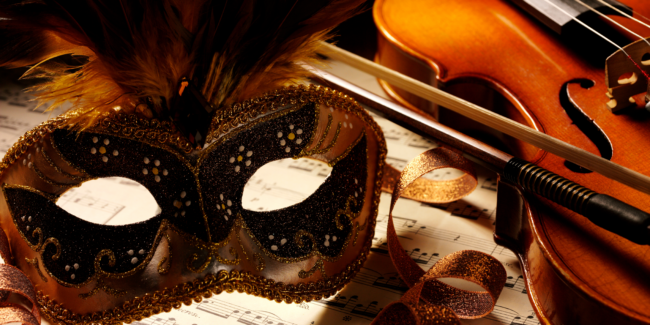
Do you want to write a musical theatre song? This guide dives into the elements that make music ready for the stage.
Musical theatre can be fascinating to watch–we don’t see people singing and dancing when facing problems in ordinary life. So as we watch a musical, we have to suspend our disbelief for the moment. When you allow yourself to lose your grip on reality and fully enter the story, you experience the magic of musical theatre!
So, if you want to write a song for a musical, what do you need to know?
Writing a musical theatre song is similar to writing a traditional song, except there is a lot more going on.
Songs in musicals include solo parts, duets, and choruses. A band or orchestra is often accompanying you, too. You will also have to make sure the lyrics and music fit the storyline.
So, where should you begin?
As Julie Andrews sings in The Sound of Music, “Let’s start at the very beginning, a very good place to start.”
How do I start writing a musical theatre song?
If you are writing a song for a musical, you will have your work cut out. Most songwriters need a few years to get all the pieces in place–you can’t rush great art.
Many writers for musical theatre start with the book and lyrics first. After you decide on the character development and the plot, you are ready to write songs.
We have a blog post on writing song lyrics you don’t want to miss out on.
How many songs does a musical have?
First, you will want a good idea of how many songs you need to write for the musical. A book musical (one with both spoken dialogs and songs) usually centers around four or six main songs, their reprisals, and a few lesser songs. Some musicals, such as Les Misérables, push the limits with 20 different tracks.
Where is the story going in this scene?
The songs in a musical should not interrupt the storyline but instead be part of the storyline. The lyrics and music should represent emotional shifts, resolve a conflict, or foreshadow future events.
Think about which characters are in the song and what story they will tell the audience. What is the character’s personality, and how will that come through in the song?
What is the setting of the actors?
Pay attention to the setting and background of your actors as you write the musical pieces.
What are they seeing and feeling in this piece of the story? Are they warm and cozy or left out in the rain? Are they surrounded by beauty, or is the set stark and bland?
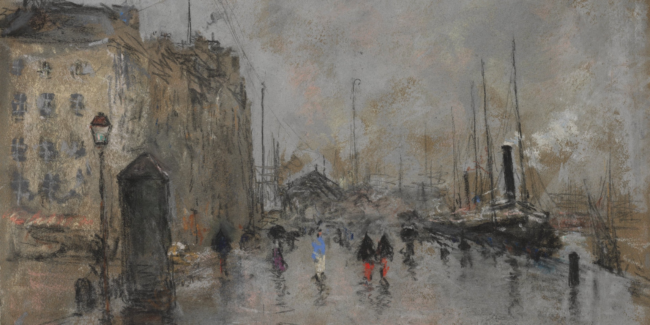
By matching the tone of the music to the scenery, you can help your audience share a whole sensory experience with the characters.
How will the music express emotions?
Most characters begin a song by expressing one emotion and end in a completely different state. The lyrics will tell the audience what is happening, but you want the music line to show those emotions just as clearly. Think, if the singers kept quiet, would the music be able to express the primary feelings of the song?
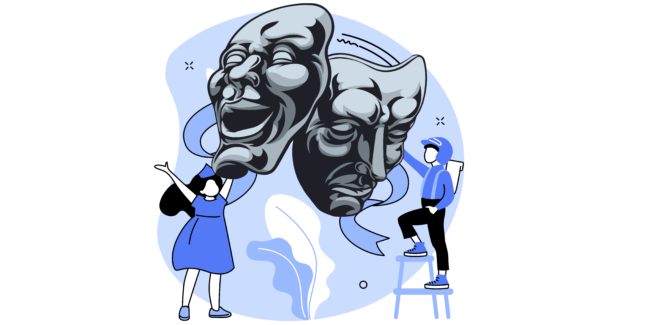
For example, the theme song of Pink Panther does not use any words. However, the staccato notes and crescendos show that the Pink Panther is a playful and sneaky character.
So, you can use musical devices such as crescendos, legato notes, staccato, pianissimo, fortissimo, etc., to create emotion.
What is the structure of a musical theatre song?
Most songs in musical theatre have a verse and a chorus. Often the verse is sung by one character, and several characters join in for the chorus, like in Summer Nights in Grease. Many songs also include a bridge or coda.
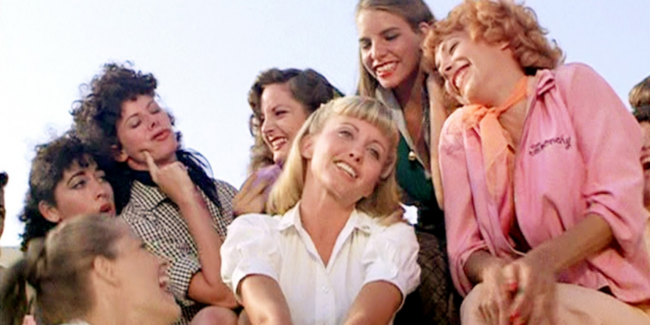
Musical songs will be about 32 bars long in an AABA form. This format makes sure the song has structure and makes its point succinctly. “A” represents the strophe or verse so that you will have two verses, then a bridge (B) and another verse (A).
The bridge should be very different in sound from the verses. The last verse often has a slightly different beat or sound to strike the point of the song home musically.
“Over the Rainbow” is an excellent example of the AABA format. This song also has a coda at the end.
Check out these music industry secrets to make your songs sound more original.
The four elements of musical theatre.
While regular theater focuses on acting and spoken dialogue, you also have song and dance in musical theatre.
Let’s take a closer look at the four main elements of musical theatre:

Acting
An actor in musical theatre must be a triple-threat–a singer, dancer, and actor. Actors who master musical theatre are versatile and have better opportunities for roles around the country.
Spoken dialogue
Most characters in musicals will have spoken dialogue parts between songs. These unsung lines are called the book of a musical. However, some musicals will skip spoken lines and opt for only (or mostly) singing dialogs.
Song
Songs are the critical part of a musical. Audiences look for songs to bring an emotional impact and tell a story. Sung-through (or through-sung) musicals are performances where songs replace all (or most) spoken dialogue.
Dance
In musical theatre, actors interpret songs through dance. The type of dance steps often includes ballet, tap, and jazz. While some songs where characters may stand in place to sing, most of the song choreography incorporates dance.
Each of these four elements of musical theatre is necessary to make a cohesive story for the audience. As you write your songs, remember that each piece should play an essential role and move the storyline along.
Once you write your songs, look at the full script with the songs in place. Then read the script without your songs. If important character development and story pieces are missing without your songs, you know you have done your job well!
How have trends in musical theatre changed over time?
Broadway musicals always try to address current issues in society. However, as societies evolve, so has the message of modern musicals. Many older musicals revolve around two main characters and a romance. My Fair Lady shows a relationship with societal differences, while South Pacific deals with characters struggling with cultural clashes.
While love songs and stories haven’t lost their charm, many modern-day musicals address deeper topics such as depression, anxiety, and troubled relationships. Often, a storyline centers around three or more characters and intertwines their stories.
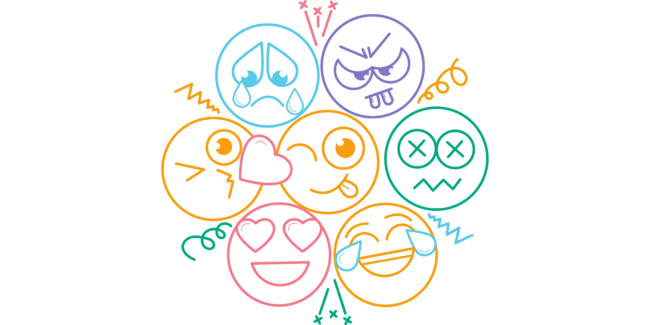
Parody musicals are another modern musical that comments on society using comedy and irony. These humorous musicals are much more common today than they once were.
Some examples of this type of musical are Spamilton: An American Parody, which makes fun of Hamilton’s hugely popular musical. A Very Potter Musical pokes fun at the Harry Potter film series inaccuracies and includes insider jokes for Potter fans.
Although music theater is evolving, audiences still enjoy seeing a story brought to life through song and dance. A musical is a full sensory experience with brightly colored settings, extravagant costumes, and songs that strike an emotional chord.
Bring on the song and dance!
When creating a musical, the music and lyrics hold the story’s heart. If you stream the soundtrack of a musical at home, you should get the main point of the plot without ever seeing the full show.
Whether your songs are tragic, romantic, or comedic, you want your words and music to impact the audience. If the audience leaves the theater humming your tunes, you know that you have done your part in writing some powerful musical theatre songs.









